What is Cold Soaking?
Cold soaking, also known as pre-fermentation maceration, is a winemaking technique that is widely used in the production of red wines. It involves holding crushed red grapes at a low temperature and takes place before fermentation.
Why should I be cold soaking?
Cold soaking red grapes such as Pinot Noir, Cabernet Sauvignon, Merlot, and more has many benefits. The aim of a cold soak is to extract more aromas, aroma intensity, and color from the skins of the grapes. In red wines, it makes for a more intensely fruity and deeper-colored wine; but it also makes for a fuller wine with increased palate weight. For example, in Pinot Noir, cold-soaking extracts the softer, more supple tannins to help produce a silky mouthfeel. It also helps emphasize the lush fruit notes like dark cherry and plum. Yum!
But wait; there’s more: Firstly, time in a cold soak, even a brief one, lets a winemaker get a much better handle on the fruit at hand, enough time to get a tank thoroughly mixed, time for any raisins in the fruit to reveal their sugars, time to get more trustworthy readings on basic wine chemistry than the numbers grabbed in the rush of fruit delivery. And second, extracting some goodies early in the cycle leaves open the option of pressing slightly early and working off the last few Brix in barrel, again minimizing the influence of nasty seed tannin.
How do I do it?
It is important to maintain a chilled temperature because if the must gets too warm it can begin fermenting. To properly cold soak, you need to maintain a temperature of about 35-45 degrees Fahrenheit. This could be difficult for home winemakers without a chiller system. Try using dry ice or ice tubes ser in the wine to the wine as cold as you can. Remember, the point of the low temperature is to be sure the yeast cannot get started.
This is usually done for about 5 days, though the length of time varies according to the winemaker’s goals and the grape variety. You should add enzymes to help the extraction move along, and sulfur dioxide to inhibit unwanted microbial activity. Using inert gas to prevent oxidation is also a great idea. Inert gases, known as carbon dioxide, nitrogen, and argon are necessary for winemaking. They are used to supplant air in places where air could come into contact with the wine.
Need help with cold soaking your grapes?
Musto Wine Grape Company is here to help. Give us a call at (877) 812-1137 to speak with one of Musto’s Crush Crew members. We’re here to provide you with the best quality wine grapes, juices, and equipment, as well as the support to ensure you are successful in making the wine of your dreams!
2020 Washington State Harvest Update {7/14/20}
Washington State is off to a great growing season. It started out a little cooler than normal but the weather is heating up and we are seeing 80 degrees during the day and 60 degrees at night. In late August, Washington will be seeing 90+ degrees during the day and 50 degrees at night. The Merlot and Cabernet Sauvignon should start harvesting around mid-September to arrive at Musto Wine Grape around last week in September/1st week in October.
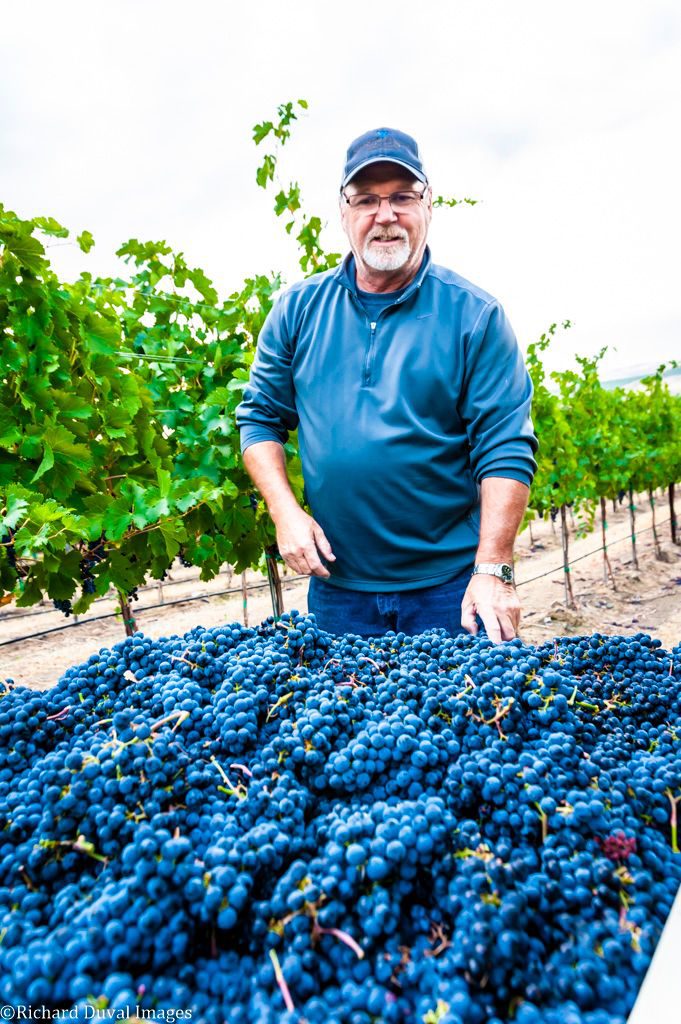
The Cabernet (Clone 33) from Washington State will be coming from the Candy Mountain AVA. It is 784-925 elevation with around 60 acres planted. The soil is a mix of scooteney silt loam, shano silt loam, warden silt loam, and warden fine sand loam. Candy Mountain is a south-facing slope that sits just southeast of Red Mountain (Napa Valley of WA). We are calling Candy Mountain the “Suisun Valley” of Washington State. With outstanding growing conditions, this AVA produces wine that is fruit forward, rich, bold, and intense.
If you’re interested in trying a different Cabernet, the Washington State Cabernet is a great option for your 2020 Vintage. More on the arrivals of these grapes in the coming weeks. MWG will be sourcing Cabernet, Merlot, Cabernet Franc, and Pinot Noir from Washington State this season. The grapes are available in 36lb cases or by request as frozen must.
For more information regarding the Fall Harvest please feel free to contact us at sales@juicegrape.com or give us a call at 877-812-1137. We are looking forward to helping you with your next great wine!
Serving Wine at Your Holiday Meal
We all know the holidays can be a stressful time. But planning your meal and wine pairing doesn’t need to be!
If you’re hosting a holiday meal this year, you’re probably looking forward to the moment you get to sit down and relax with a nice glass of wine. But even before then, you’ll need to decide what to pair with dinner, what to have available for your guests as they mill about pre- and post-dinner, and who will like/appreciate what.
Decisions, decisions!
Whites
-
Looking for some bubbles to get the party started? Oregon’s Argyle Vintage Brut is sure to win over the hearts and palates of everyone at the table.
-
With its low alcohol, slight effervescence, and bright acidity, Broadbent Vinho Verde is a wine that will feel light and fresh, even though your guests might not be feeling that way after a huge holiday meal. Low in price, you can easily purchase this wine by the case and keep pouring throughout the night.
-
Any white wine YOU made! We suggest a Pinot Grigio if you made one, it goes with most foods and people always love a crisp but approachable white wine.
Roses
-
Nothing says Christmas wine like a wine that is titled “Christmas wine.” Duplin Winery’s Southern-inspired Muscadine blend is sure to please, from its image of Santa on the label, to the sweet berry and spice notes it compliments any meal with.
-
Charles and Charles rose is made from a blend of Syrah, Mourvedre, Grenache, Counoise, and Cinsault. An easy to drink yet still very well made rose, this wine will pair especially well with turkey, ham, and cheeses.
-
Did you make a Rose of Black Muscat this year? Or maybe one of Grenache? If so, these are delicious options for the holidays!
Reds
-
Pepp Blauer Zweigelt – think sugar plum fairy in a bottle. This little known grape variety is sure to continue growing in popularity as people come to know its medium bodied, bright fruit flavor profile.
-
The Russian River Valley is known for its outstanding Pinot Noirs, and Flowers never seems to disappoint the Sonoma Coast and what its capable of. Pop open a bottle of this to pour alongside the appetizers or the main course: you can’t go wrong with it.
-
Any red wine YOU made! Show off your winemaking skills to your family and friends!
Dessert Wines
-
Switch it up and introduce your guests to some good ol fashioned Hungarian wine this holiday season! Tokaji is a late harvest wine made from the grape variety Furmint. It’s decadent, extremely sweet, completely delicious, and people rarely want more than a small glass of it, so the 500mL bottle that Royal Tokaji Late Harvest comes in should be just enough for everyone to have a taste.
-
Have a taste of local CT agriculture when you pour a glass of Vino Bianco Del Paradiso from Paradise Hills Vineyard and Winery.
And when in doubt, just pour yourself a glass and remember:
Musto Wine Grape Company is here to help! We are New England’s largest supplier for home winemaking products and services. You can get set up with all of your juice, grape and equipment needs and have you on track to making your own perfect pairing for next fall! Visit juicegrape.com or give us a call at (877) 812 – 1137 to learn more. We look forward to hearing from you!
Working with Washington State fruit
Washington state is producing some of the best wine grapes around.
A combination of a long growing season, perfect climate, and know-how on the part of the state’s growers have led this region to grow world class fruit. At Musto Wine Grape we carry some delicious Washington State wine grapes, including Cabernet Sauvignon, Cabernet Franc, Merlot, and Pinot Noir.
What to expect from Washington fruit
Structure, bright red fruit, great tannins, concentrated flavors.
Where is our Washington fruit from?
We source from Rattlesnake Hills (notable for its elevation, which is higher than most other WA AVAs), Wahluke Slope (ripe and full bodied wines full of varietal character hailing from one of the driest and warmed WA locations), and Red Mountain (known for growing some of the state’s most highly acclaimed fruit, known less for its New World ripe fruitiness and moreso for its big, rich, terroir-driven resulting wines).
- D80 – for big, structured reds
- D254 – bring out ripe fruit, jam, and cedar notes
- RP15 – to bring out red fruit and mineral notes
Fermenting recommendations
Consider adding FT Rouge or oak dust to function as your “sacrificial tannins.” Using tannin additives during fermentation can help the grapes themselves to retain their tannin which in turn helps to sustain the resulting wine’s structure and color. Adding fermentation tannins do not add oak flavor – so if you do want to oak your wine, you would do that during the aging process.
Washington fruit is known for being lower in YAN so be sure to make some nutrient adds if need be. Try Fermaid O and/or Fermaid K
Are you excited to work on your Washington state grapes? Reach out with any questions you may have about the grapes you purchased through us at Musto Wine Grape!
Falling for Pinot Noir…All Over Again!
Falling for Pinot Noir…All Over Again!
By Guest Blogger: Ertan Seyyar Sener
Well, it’s been seven years since Pinot Noir took to the big screen and Americans began their love affair with this very attractive, although elusive grape variety. The honeymoon has been over for a while now, so it is time we renew our vows with a wine that deserves our undivided attention. As the leaves start to turn, and there begins to be a slight chill in the air, I find the color of wine in my glass to change from white to pink to a beautiful translucent red, Pinot Noir. I feel there is no better time of year than Autumn to enjoy this light, but luscious red wine. A wine that begs to paired with all the fabulous flavors of Fall. Let’s take a little closer look at the personality of Pinot and try to predict that perfect pairing with my favorite fall fare.
I’m gonna say it, sorry…terroir. Probably one of the most debated terms in oenology, but I believe it to be very true. What is it? Well, it’s the idea a wine, a grape can reflect flavors and even characteristics of the place, the soil that it has been growing, for what could be a very long time. For instance, if the soil is mostly limestone, you might find the wine to have a certain minerality and precision, but as one author put it, “when was the last time you licked limestone?” Sure, this can’t be a totally literal idea, but I find Pinot Noir to be a certain conduit that can connect a person with the place. This can’t be just any place, for Pinot Noir is very particular to where it grows up. Try to grow it in too hot of a place and it will ripen too early and never achieve the levels and layers of flavor that its’ thin skin can create. Of all the places on Earth, is the Burgundy region in France, where if all the conditions are right, Pinot Noir can reflect all the slight nuances of terroir. The only other places that have had any success in producing our fickle friend are New Zealand, Oregon, and the cool corners of California and Chile. So, what is so great about this grape that people find it worthy of emulating around the world?
Pinot Noir has a duality that is pleasing to both white wine as well as red wine drinkers. The grape has thin skins with usually light, silky smooth tannins. Tannis are that drying feeling you get on the side of your tongue, not a bad thing, but could exhaust your palate, and we haven’t even got to the food, so we don’t need an exhausted palate! The profile of Pinot Noir is a usual suspect of pleasantries; red berries, red cherry, bright and light, and with the more mature Pinots hints of leather and tobacco. Put a little chill on the wine and it is a “cooler” version with a very bright and refreshing quality. The greatest thing about Pinot Noir is that it can cross the spectrum of food pairings and meet the needs for red as well as white wine dishes! Oh well, I can’t take it anymore! Let’s get to the food!
Autumn has a cornucopia of flavors, fruits and spices that beg to be paired with Pinot Noir. As well as, a beautiful list of lighter meats that can be braised, smoked or roasted from pork to duck to turkey, Oh my! The wine calls for earthy flavors such as: truffles, wild mushrooms, coriander. Pinot Noir is very happy next to fruit flavors such as figs, blackberry, and pomegranates. Duck breast and duck leg confit is one of my favorite pairings for Pinot Noir. A wonderful balance of earthy flavors, as well as succulent flavors, that react wonderfully with the fruit and acidity to Pinot Noir. Depending on the producer and vintage, Pinot Noir can have layers and layers of flavor that can be enjoyed on their own or paired up with some of these classic fall eats.
Please enjoy Pinot Noir this Fall season from any and all the places that hold this grape variety sacred in the process of production. Making this wine is a testament to the appreciation of soil, wine and tradition. So, before the weather makes it necessary for a sweater and some flames in the fireplace, remember to pull out that bottle of Pinot Noir and let it dance with every thing Fall. To leave you with one of my favorite quotes from Windows on the World Complete Wine Course by Kevin Zraly: “One Author trying to sum up the difference between Pinot Noir and Cabernet Sauvignon, said, ‘Pinot is James Joyce, while Cabernet is Dickens. Both sell well, but one is easier to understand.’” The only thing to understand here is the marriage of Fall flavors and Pinot Noir is an unbreakable one, one to stand the test of time. Cheers!
About the Blogger: Ertan Seyyar Sener has been working in the world of wine for over ten years, in restaurants, retail as well as wine education. He has been recognized in Wine Spectator as well as in Ronn Wiegand’s Sommelier Guide to Restaurants in America 5th Edition. Ertan is the Buyer/Manager at West Side Wines and Spirits.
West Side Wine and Spirits
10 Raymond Road
West Hartford CT 06107
860.233.1241 w
860.233.1243 f
Yeast Pairings for Chilean Wine Grapes
Yeast Pairings for Chilean Wine Grapes
Cabernet Sauvignon: BM45, BM4X4, D80, RC212, D254
Cabernet Franc: BM45, RP15, D254, D80, BDX
Petite Verdot: BM4X4, D80, D254
Chardonnay: QA23, VIN13, D47, COTE DES BLANCS
Pinot Grigio: 71B, VIN13, QA23, R2
Sauvignon Blanc: VIN13, QA23, R2, D47, V1116
Which yeast will you use? 🙂
Also, don’t forget to watch our Youtube Video on “Yeast & Stuck Fermentation”
Cheers! And Happy Winemaking!






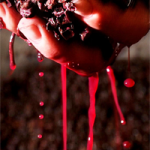
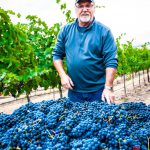

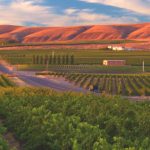
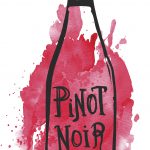
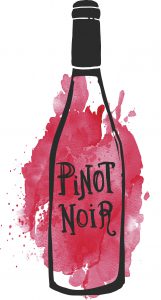
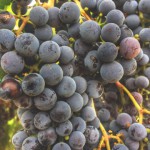
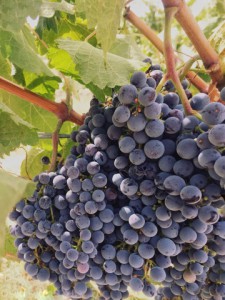


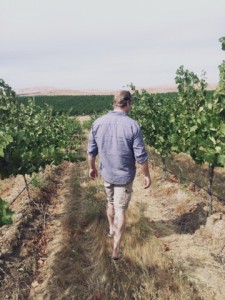
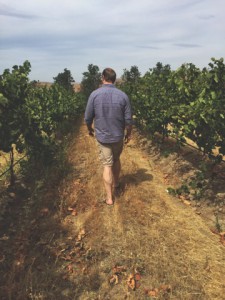

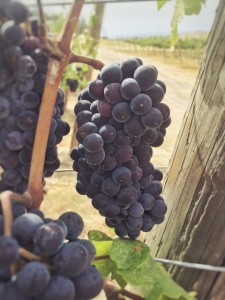
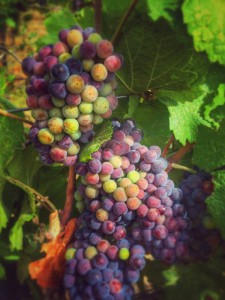
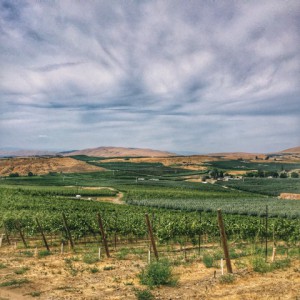


Recent Comments